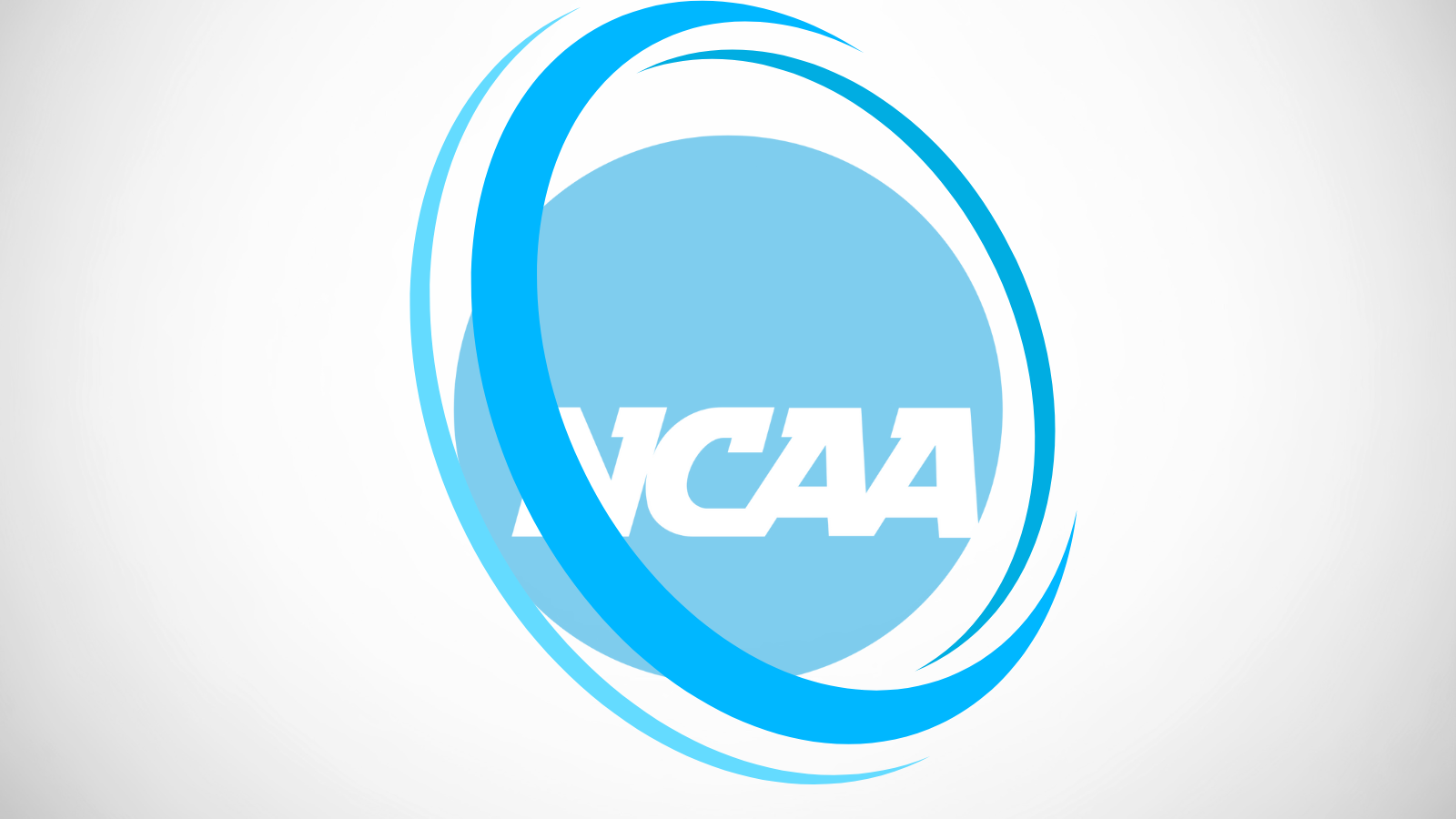By: Madison Feldhahn
In 2018, the NCAA launched the transfer portal, enabling student-athletes to explore their transfer options and communicate with other college coaches. The portal has created a central database for college coaches to find players. It has also changed the way high school athletes and college coaches approach recruiting.
“You can’t look at the depth charts anymore and project two, three, four years down the road. It changes every year based on needs and who’s delivering, who’s not,” Brentt Eads told Top Gun Events Media. “Recruiting is changing every year. It starts all over every year. Now, you’re not just competing with kids in your class, but you’re competing with kids two or three classes older than you.”
The recruiting world isn’t as cut and dry as it used to be. College rosters have the ability to drastically change year to year now. In 2022, over 1,400 softball players entered the transfer portal.
High school athletes need to be wary of having tunnel vision with one specific school. Even if a university offers a spot to an athlete, it is important for the athlete to consider whether they align with the program’s needs. College coaches might be looking to the transfer portal rather than high school recruits to fill positional needs.
“You can’t just be myopic,” Eads said about high school athletes. “You’ve got to be looking laterally, horizontally. You have to have your head on a swivel. In terms of being a high school athlete, you just have to be aware of everything.”
When asked how the transfer portal impacts the competition within collegiate softball, Eads says it’s too early to tell for sure. There’s the potential for the top Power 5 teams to continue to run away from the pack, but it can also help spread talent down to Division 2 and 3.
“It might level the field in the sense that an SEC school loses three kids, but they go to Kent State or Ohio University and those schools are going to get better. It can make it better for the sport. There are more chances for upsets. It’s not the haves and the have nots,” Eads said. “I think it’ll be interesting to watch over a decade.”
It’s okay if you are having second thoughts about the school that you are at. It’s important for the college to be a good athletic, academic, and social fit. If you’re unhappy where you are at, sit down with your college coaches and explain your feelings to them. Talk to other trusted people in your life, including your high school and travel softball coaches.
“If it gets to the point where it’s impacting your happiness, then you have to explore your options. That’s when you have to talk to your college coaches and travel ball coaches and high school coaches and anybody that can help,” said Eads. “The travel coaches are very, very dialed in and are talking to these [college] coaches every day. You might need to lean on your travel coach more and say, ‘Here’s what I’m looking for. What are you hearing and what do you see, coach?’”
Check out a short Q&A about the transfer portal below:
How do I enter the transfer portal?
When a player decides to enter the transfer portal, they have to notify a school administrator in writing. Because the NCAA transfer portal is not publicly available, athletes are not able to submit their names into it themselves. The school must submit the athlete’s information to the portal within two business days. This information includes the athlete’s name, NCAA ID number, email, phone number and sport.
What happens when I’m in the transfer portal?
As soon as an athlete enters the portal, colleges can contact them. However, the athlete can choose to not allow college coaches to contact them. The athlete can also contact schools themselves. If an athlete is on scholarship, they will retain that scholarship for the current academic term. However, this scholarship is not necessarily guaranteed if the athlete decides to stay at their current college.
What if I change my mind about transferring?
An athlete can withdraw their name from the transfer portal and try to return to their original school. However, the original school does not have to allow them back. The athlete’s original scholarship does not have to honored either.
When can I transfer?
Softball has two transfer windows. The first one, the winter window, is open from December 1st to 15th. The second window opens the day after the NCAA tournament selections and remains open for 45 days. The second window is the more common time for transfers.
Am I limited to transferring just once?
An athlete can transfer more than one time. However, there is a one-year penalty for transferring more than once. The athlete can apply for a waiver for this penalty for three reasons:
- their physical or mental health,
- circumstances outside the player’s control, or
- issues that impact a player’s ability to peruse their education.




